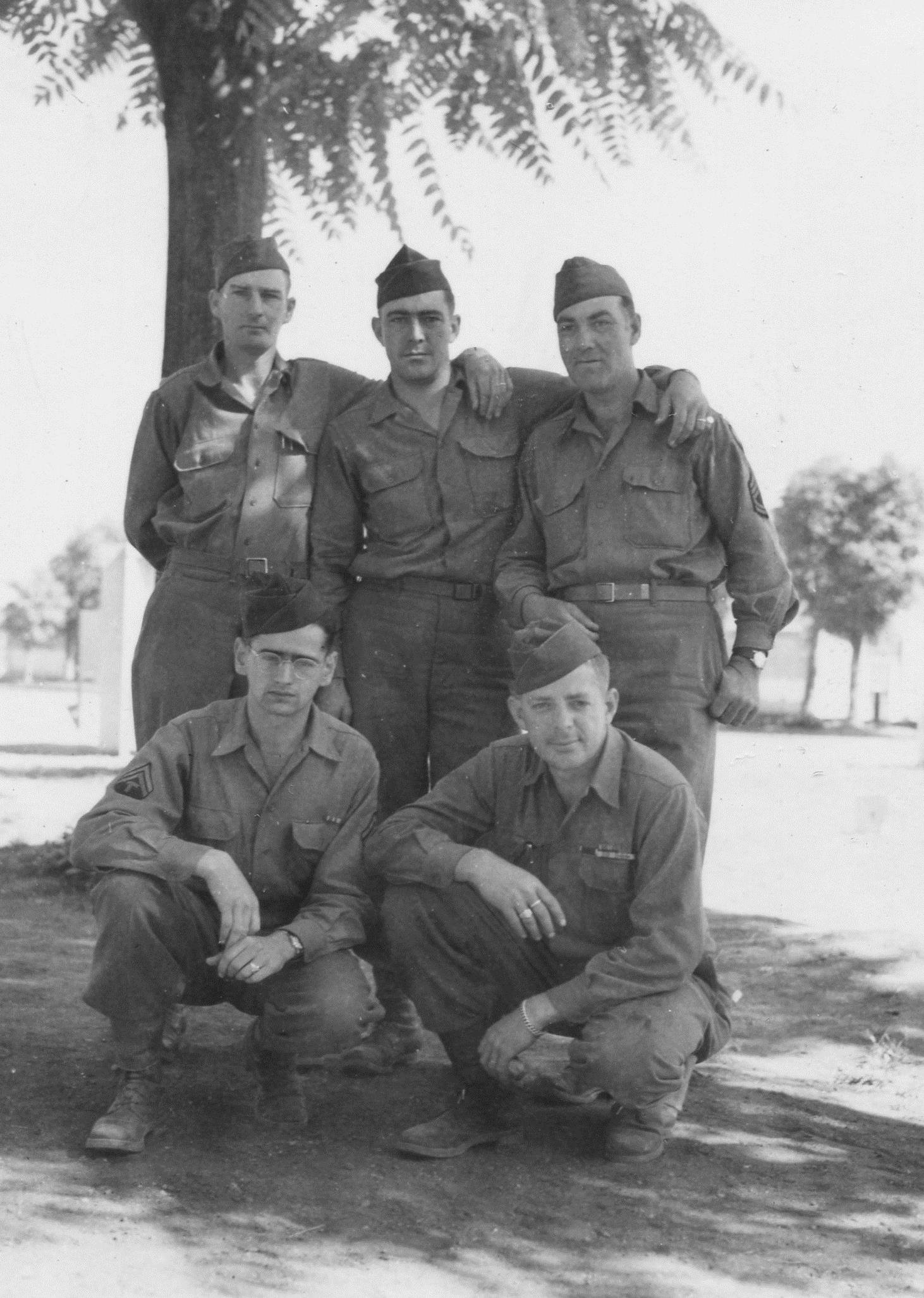On 12/17/2017 at 11:54 AM, glen blasingim said:
That is a great way to remember people you have served with. Your photograph quality is better and being digital it won't fade. That will be appreciated, I already do. I noticed that their are several weapons configurations in the Photograph. I am just curious, what is standard issue? Do Marines have a choice? There is so much available for that gun, I wondered what the Marines found useful and reliable.
So when this thread became active again, I started reading through it and found I hadn't answered this question. How careless of me!! So here we go:
Accounting for the difference in weapons and configurations . . . So let's start with the basics. The Marine Corps fire team is made of four members (caveat, the USMC has been toying around with different configurations, but what I am going to talk about is the still standard for rifle company organization). There is a FT leader who carries an M-16 with an M203 grenade launcher; a machine gunner who carries a light MG (M249 SAW in the past and is pictured here, now an M27 IAR); an assistant machine gunner who carries extra barrels if required and ammo who carries an M-16; and a rifleman who carries an M-16 and is normally the junior member of the team. So right there you have three different weapons systems - M-16 (or sometimes an M-4 carbine, a shorter version of an M-16 with a collapsible stock), an M-16 with the grenade launcher and the LMG. Add to that, that the M-16s we carried at the time were actually not the typical M-16A2s that I was familiar with (semi-auto or three round burst only - the A1, which I never used, was capable of full auto). We actually were using M-16A4s (not to be confused with M4s which are different). These had the Picatinny rail system that allowed attachment of all different kinds of accessories. I didn't see any obvious ones in the pictures, but some of the guys carried night vision IR laser aiming devices, IR flood lights, visible wavelength flashlights, etc. One of my guys, who was an avid shooter in his normal, back home life, had the scope that is readily visible. That was a civilian addition his dad sent him and was not military issue, but it was designed to be mounted on his Picatinny rail on his M-16A4.
Now to your second question, did Marines have a choice: In 2004, I would say they certainly did in most cases. Typically, only infantry Marines who have passed sniper school and are serving in a sniper or recon position have scopes of that sort. Now at that time, we were just getting fielded the Advanced Combat Optic Gunsight (or ACOG) which is barely visible on some of the A4s. This is very different than the large sniper type sight the Marine has and is designed for quick acquisition of targets (i.e. from the time you lift the rifle to your eye to the point you can see the target and engage) and only magnifies vision up to 6 times. The Marine in question had a civilian purchased, probably up 20 times magnified sniper scope. This was certainly not "standard issue" and as the platoon commander, I certainly could have said he couldn't carry it. Of course as far as I was concerned, that would have been stupid because it gave the platoon an asset that we didn't have without it. No one higher up than me had an issue, so it stayed. I would say that at that time there was probably a fair amount of non-standard issue items being carried. My drop holster and three point sling were purchased at a tactical supply store in Jacksonville, NC because the USMC didn't have any to issue. You will also notice in pictues of me at that time that I have a desert Camel Bak but everyone else had a green one. This is because 3/24 (Third Battalion, 24th Marine Regiment - the reserve unit to which I was assigned to augment their personnel) had been given green ones, but I had purchased a desert one personally the spring before.
Here are some more pictures of that deployment.
Hopefully that was interesting enough to be worth reading!

